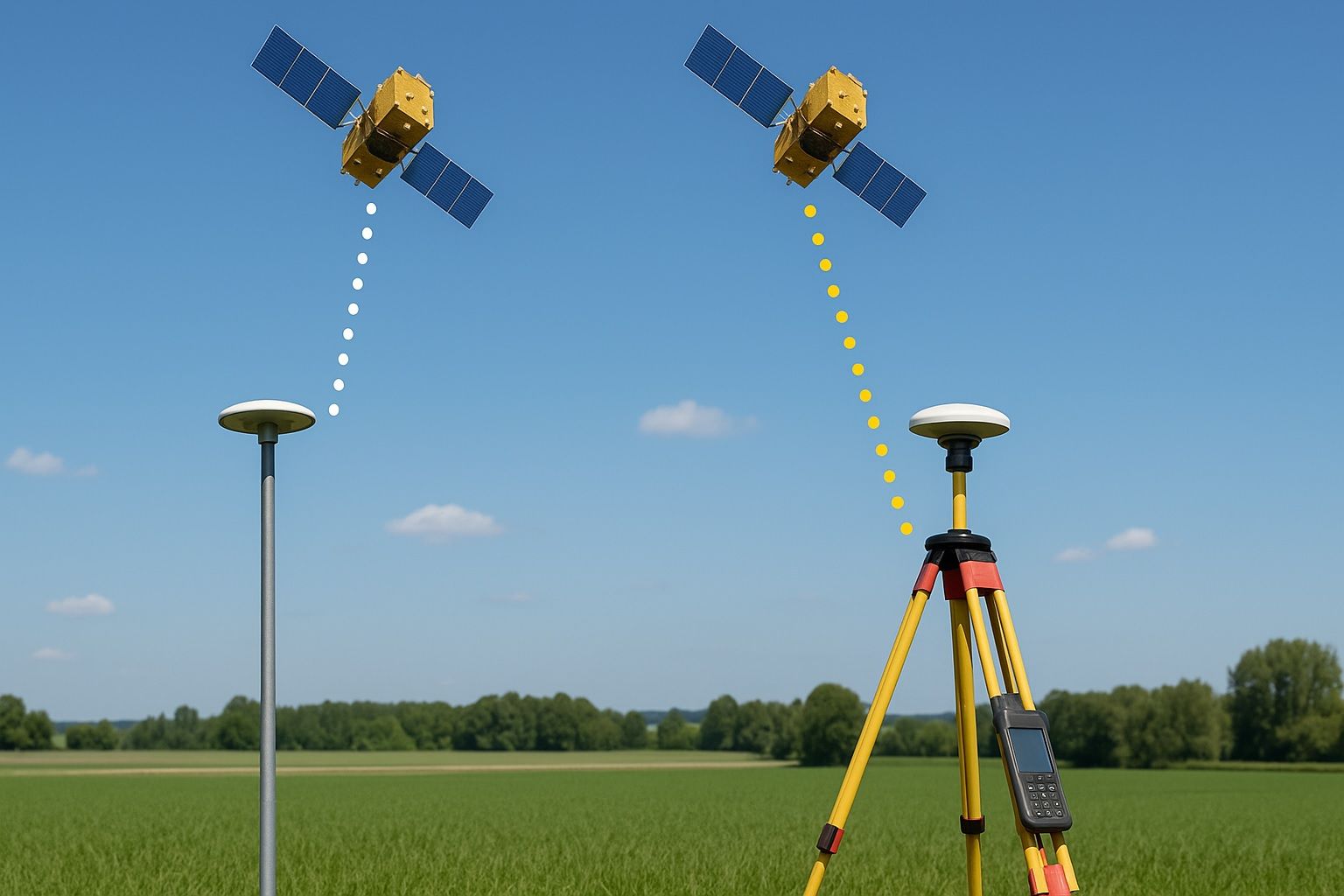
Everything You Never Knew You Needed to Know About Differential and Precise Point Positioning
DGNSS improves GNSS accuracy by using stationary reference receivers to broadcast corrections to rovers, transforming standalone GPS accuracy from about 5–15 m to sub-meter or centimeter levels, with SBAS like WAAS (USA) and EGNOS (Europe) delivering about 1–3 m for